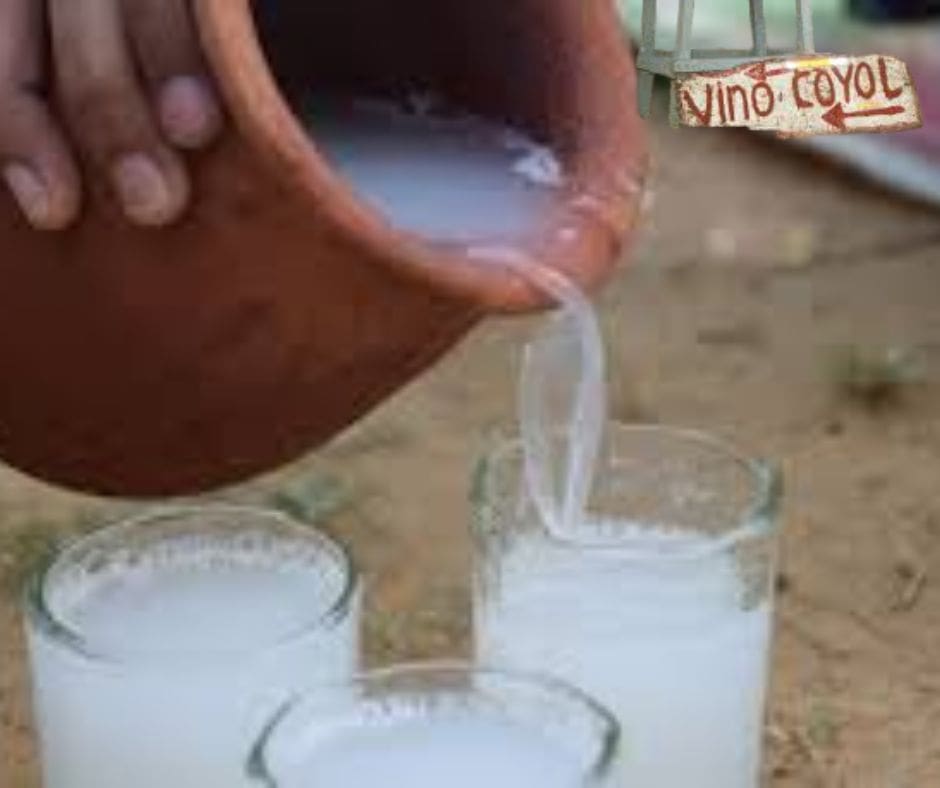In the heart of Costa Rica’s rural landscapes, a unique and traditional beverage captures the essence of cultural festivity and communal life. Known as coyol wine, this fermented drink is not only a symbol of local heritage but also a cherished treat among the rural communities. Made from the sap of the coyol palm, this mildly alcoholic beverage is steeped in history and cultural significance.
Origins and Historical Significance
Coyol wine’s roots stretch deep into the rural traditions of Central America, particularly within Costa Rica and parts of Honduras. The coyol palm, from which the wine is produced, is indigenous to these regions, growing in the arid landscapes that characterize the local environment. Historically, the harvesting of coyol sap has been a communal activity, typically carried out during the dry season when the sap’s flow is most abundant.
The process of making coyol wine begins early in the morning, as the sap is freshest and most potent at dawn. Villagers, often led by someone skilled in the craft, use machetes to carefully tap the palm. The collected sap starts fermenting naturally due to the yeasts present in the environment, and within hours, it begins to transform into the mildly intoxicating drink known as coyol wine.
Cultural Significance and Modern Celebrations
Coyol wine is much more than a beverage; it is a cultural artifact, integral to many social and festive occasions. During the harvest season, entire communities gather to participate in the extraction and fermentation process, which fosters a sense of unity and collective effort. This period is often accompanied by traditional music, dance, and feasts, underscoring the wine’s role in strengthening community bonds.
In modern times, while coyol wine remains popular in rural areas, it has also gained curiosity and recognition among tourists and urban dwellers, intrigued by its organic roots and traditional brewing method. The drink is typically consumed directly from the gourd or simple wooden containers, enhancing its rustic and authentic appeal.
The Making of Coyol Wine
The method of producing coyol wine has remained largely unchanged over the centuries, relying on natural processes and minimal intervention. After tapping the coyol palm, the sap is collected in large containers where it sits to ferment. The length of fermentation can vary, usually between a few hours to a day, depending on the desired strength and taste. The result is a sweet, slightly effervescent drink with a variable alcohol content, usually around 4% to 6%.
Unlike commercial alcoholic beverages, coyol wine does not undergo any distillation or additional processing. This simplicity in production not only maintains the authenticity of the drink but also aligns with the sustainable practices cherished in rural Costa Rican culture.
Coyol wine is a testament to Costa Rica’s rich culture and its people’s ability to create joyous experiences from the natural resources available to them. As this traditional beverage continues to be a symbol of community and celebration, it not only preserves a piece of Costa Rican heritage but also offers a unique experience for those looking to connect with the country’s rural roots.






